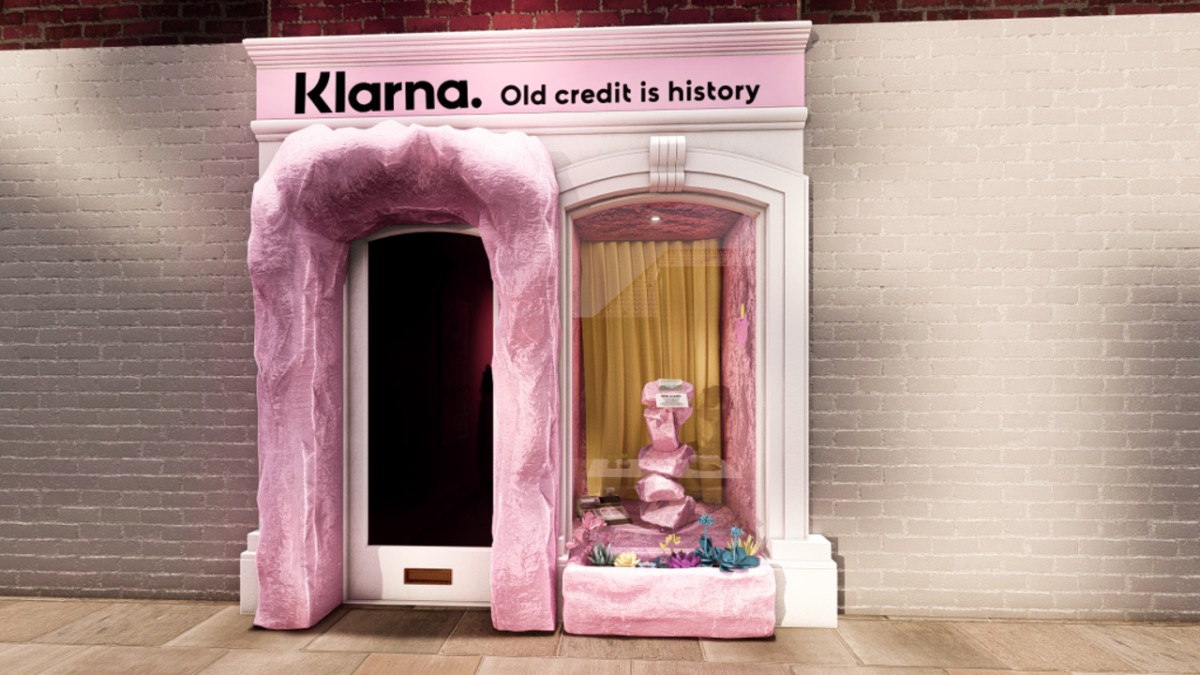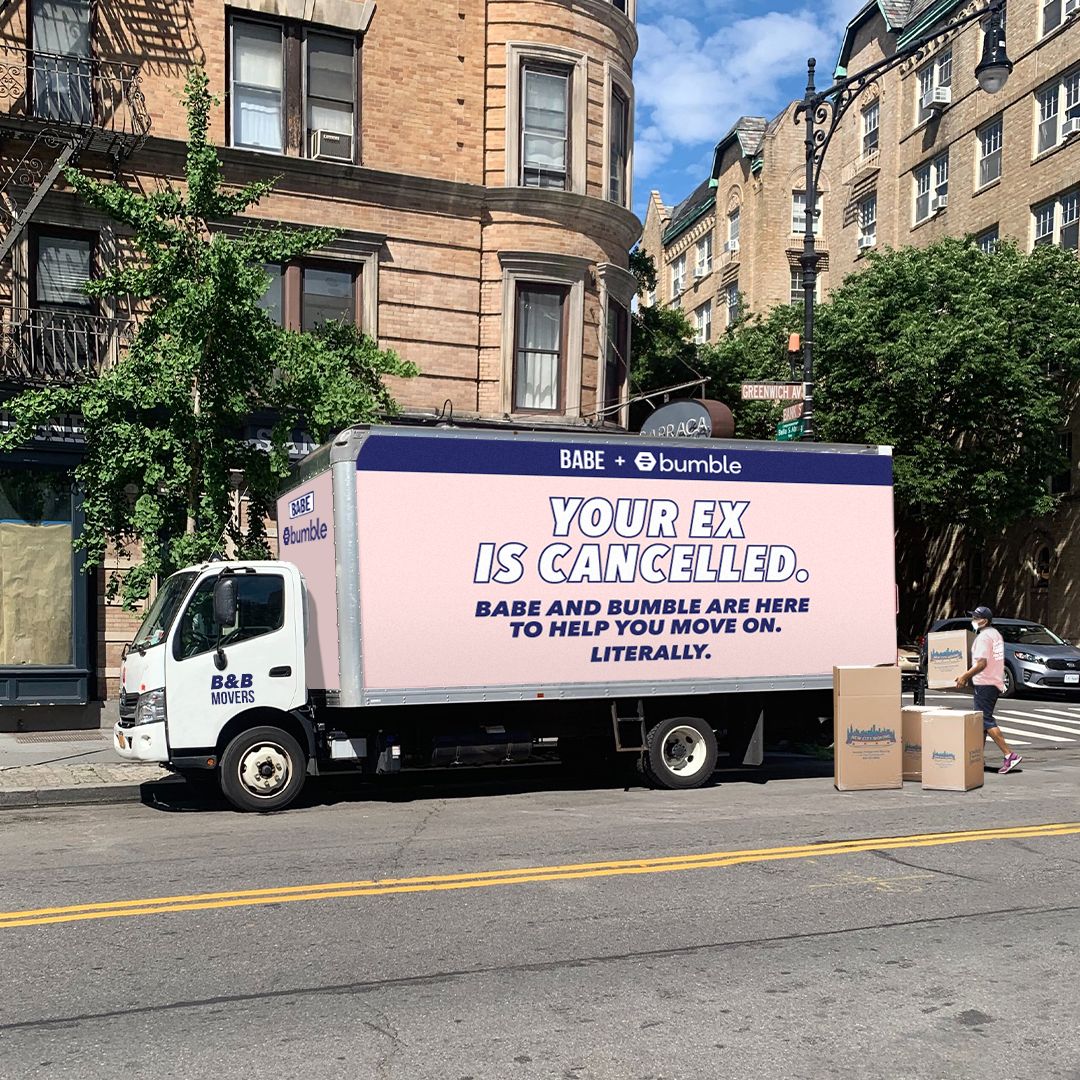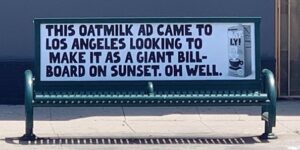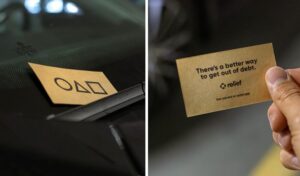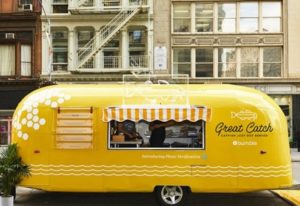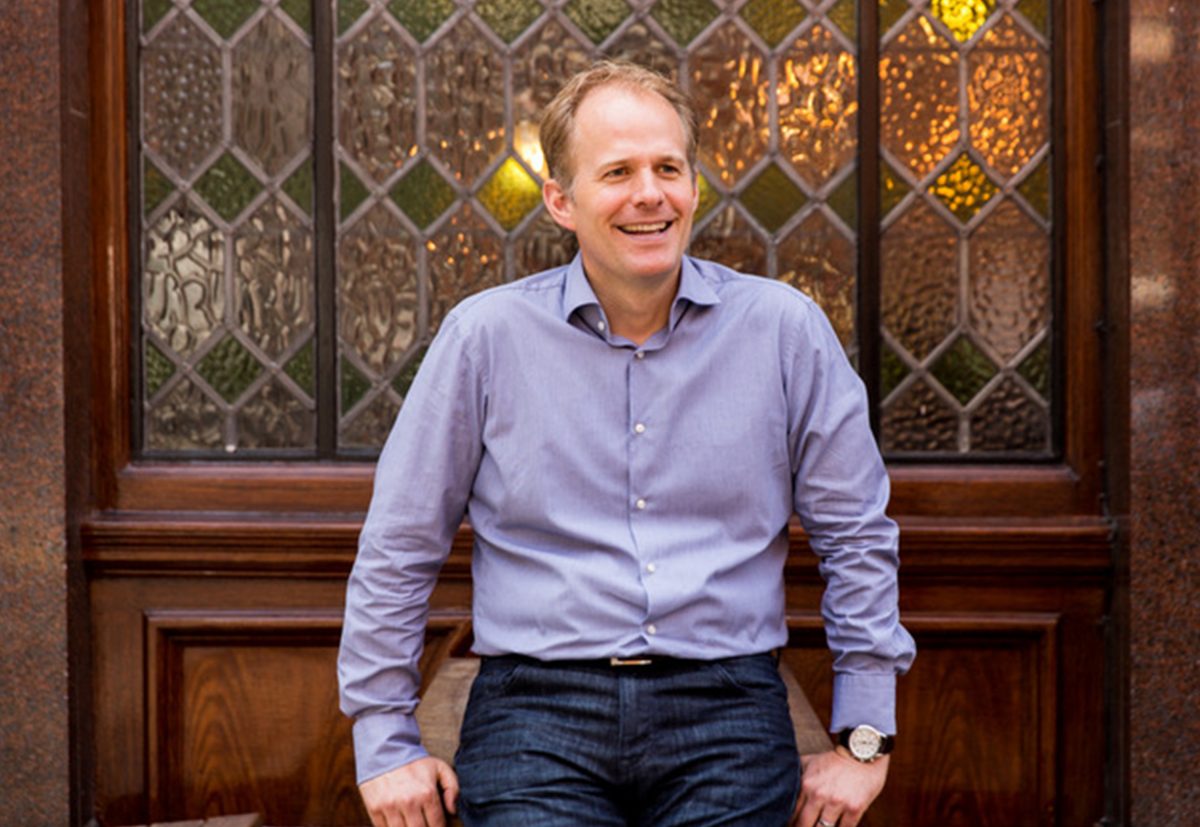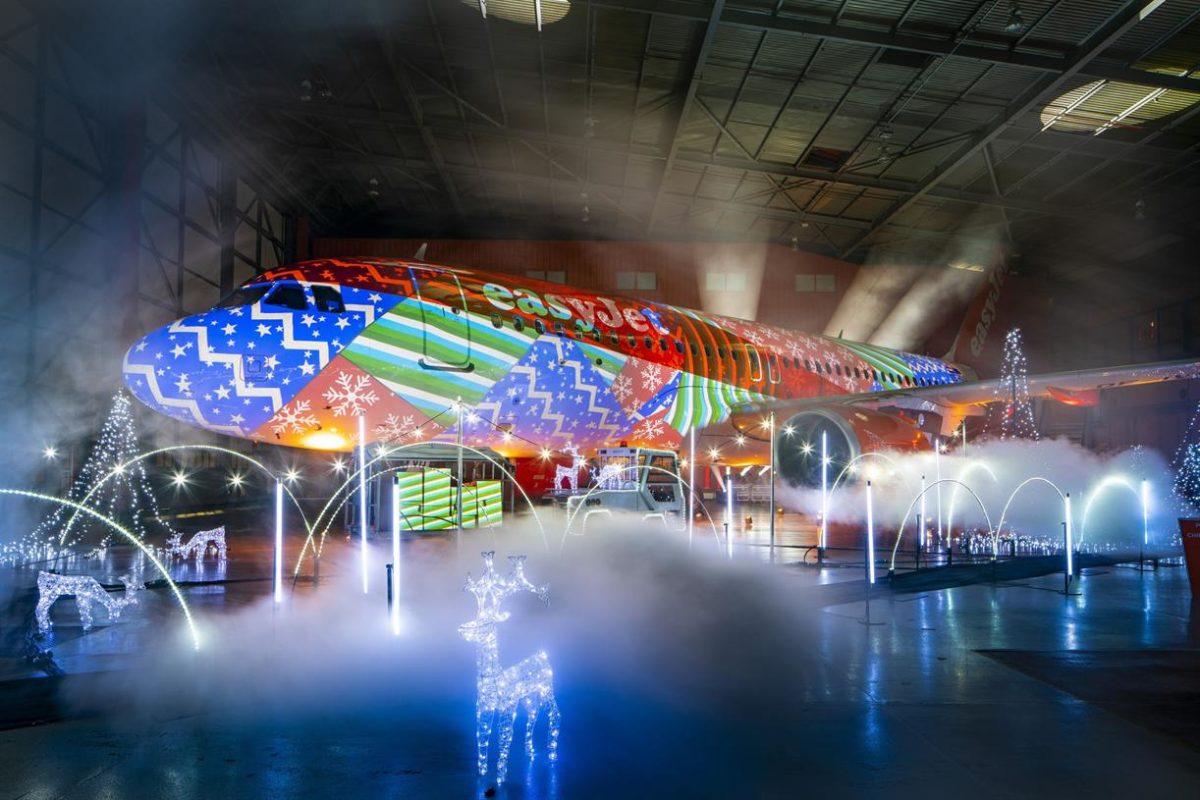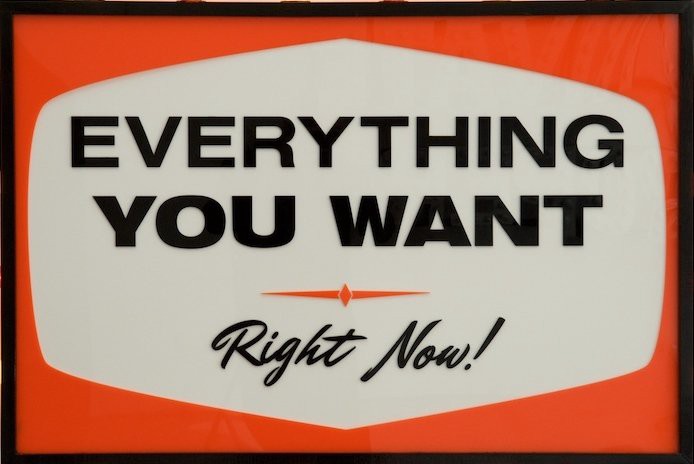
We are living in a “I want it now” reality. Consumers can have what they want when they want it. Instant gratification has become an expectation, rather than an exception.
This habit of impatience is apparent across most industries. People can order groceries to their door within the hour, watch shows on demand without commercials, hop in a cab in minutes and go on a date with a simple swipe. ‘Uberisation’ has disrupted industries globally and has arguably become the most popular business buzzword of our time. The pandemic has given rise to an explosion of direct-to-consumer (DTC) businesses and the On-Demand-Economy, which is fulfilling needs by giving instant access, convenience, and personalised experiences to next-gen consumers.
Millennials make up for around half of the On-Demand consumers, which means activity and growth will likely persist. According to PwC research, it is estimated that the On-Demand Economy will soar to reach a whopping $335 billion by 2025. Coupled with this, millennials are the first generation that would rather stay in that go out, which has helped drive this trend.
From URL to IRL – Giving Rise To In-Person Experiences
From Stitchfix, Quip, Away, to Harry’s, what these businesses have in common is that they are digital natives. Born and bred online, these ‘faceless’ challenger brands are growing up and discovering the same truth we all do as we mature: sometimes those who came before us had the right idea.
Initially, these digitally native brands were pumped full of venture capital, aggressively marketing via paid online advertising in order to drown out the competition. This catapulted many to success, aided by the pandemic, which invited some of the highest sales as people were forced to shop online while physical stores shuttered.
However, the cost to acquire customers online has skyrocketed, coupled by the anti-tracking headaches these brands now face. As a result, many are ‘going back to the drawing board’, turning to in-person experiences to acquire new consumers and drive brand equity.
Brand experience is what people want
While the pandemic saw a huge boost in DTC sales, these success levels are beginning to plateau as people go on digital detoxes, seeking to get back to a greater level of ‘normal’ in the real world. Browsing for goods in person is part of this, with approximately 82% of millennials believing it’s important for a brand to have a physical store.
With growing consumer concerns over screen addiction and a desire to seek tangible, real-world experiences post pandemic, brands have an opportunity to exploit the multidimensionality and multisensory possibilities of physical spaces in new and imaginative ways – at every step of the consumer journey.
Creating real-world experiences that drive acquisition, equity, and retention
As digital customer acquisition costs soar, we’re seeing brands attract new consumers IRL through reactive, hyper-local activation teams – particularly with product sampling in the meal and grocery delivery sectors. In a crowded digital sphere, sampling campaigns are an effective way to drive awareness and stand out amongst the fierce competition. It adds a personal touch to the recruitment process, delivering brand experiences that are memorable and drive loyalty.
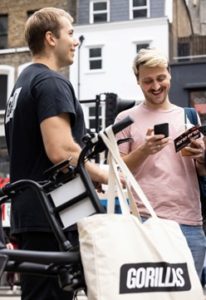
Gorillas: Always-on acquisition program
Kickstarted by digital darlings Warby Parker, we’re witnessing a click-to-bricks’ expansion trend, with interaction, experimentation, and play helping to foster deeper emotional connections with consumers. Using smart technologies that unify data. Intimates brand Adore Me is another perfect example of a digitally native brand and start-up using data to strategically enter the physical retail market, poaching customers from its rival competitor, Victoria’s Secret, while giving people a new way to immerse themselves in the brand through in-person experiences.
The pop-up shop, although nothing new, has become the go-to test solution – and nowhere is more booming than New York’s SoHo. In 2021, self-storage brand MakeSpace launched an Instagrammable space, offering in-store appointments and meditation space for consumers – a move that made them stand out amid an increasingly crowded digital ad ecosystem. “A lot of people think we’re crazy,” said Miriam Kendall, SVP of marketing, adding that MakeSpace found that customers wanted an in-person experience based on their feedback. “Why would you open a physical store during a pandemic when ‘retail is dead’? But we think differently.” Stores have become their very own ads – immersive billboards that drive awareness and sell.
These digitally native brands are also producing exceptionally creative experiential moments to gain earned media and grow brand love. To position themselves as the experts in sleep, native online mattress brand Caspar hosted a glamping trip during the last total solar eclipse and even set up a $25-a-pop nap hotel called the Dreamery.
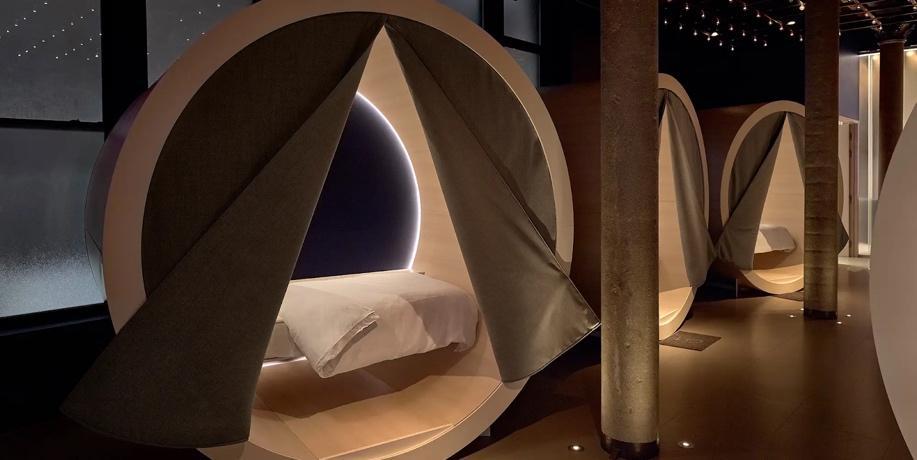
Casper: The Dreamery in New York
DTC brand Babe Wine created a socially distanced manicure truck to deliver much needed TLC and real-world experience to New Yorkers during the pandemic. They partnered with Bumble to help fans survive lockdown breakups and released jockstrap-scented candles. It’s these types of curated brand experiences – ones that answer consumer needs and engage on a deeper level – that can help brands build lasting relationships with consumers.
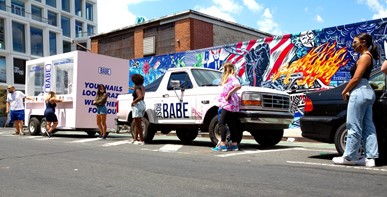
Babe Wine: Manicure experience
As they mature, digitally native brands are realising that the consumer journey is not linear. It’s an ongoing cycle, whereby businesses cannot sustain growth via digital marketing alone. As Diageo’s CEO Ivan Menezes explains, “it’s not about doing ‘digital marketing’; it’s about marketing effectively in a digital world”.
Here are some key principles for brands who are planning to include in-person experiences in their marketing efforts in the year ahead:
- Think idea first, media second – having separate budgets for ‘digital’ and ‘non digital’ is outdated. Plan your marketing strategy by ditching the D word
- Zig when others zag – in a world that’s rife with ‘blanding’, it pays to think up fresh and innovative ways to connect with audiences beyond the screen
- Take a 360 approach – real world experiences can be used strategically to recruit as well as to retain consumers on an ongoing basis
- Team up – look for likeminded brands to collaborate with to extend reach and provide credibility to play in new creative arenas
- Test and learn – consider testing on a local level before rolling out larger scale plans with confidence, ensuring that cultural nuances are addressed per market to ensure resonance
- Combine URL and IRL to maximise success – use technology and the vast level of data available to create a seamless customer experience between online and in-person experiences
- Know what success looks like – be clear on your KPIs and ensure you have a comprehensive evaluation plan in place before embarking on the work
Hayley James is vice president at brand experience agency Sense New York.

